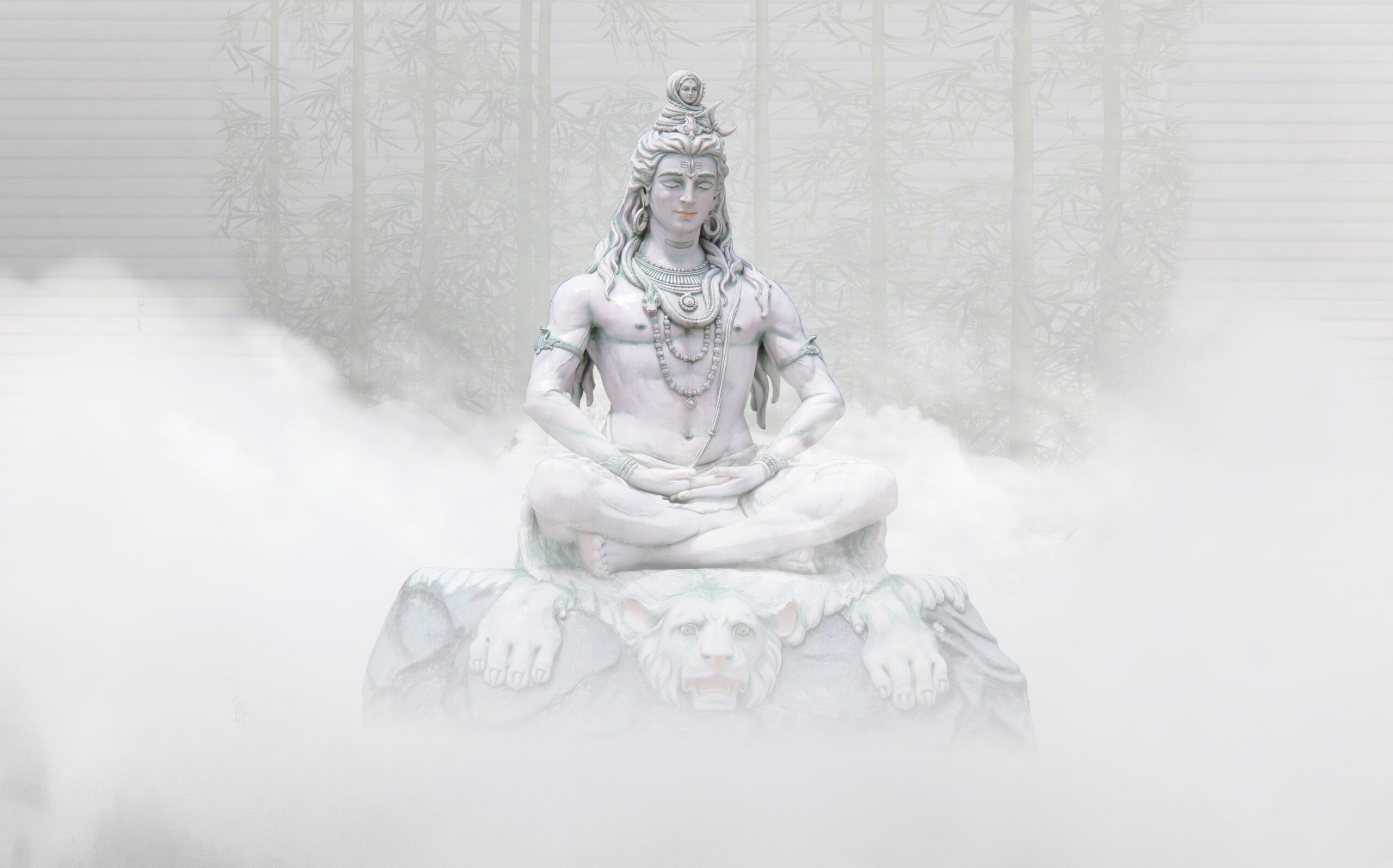
Who is Lord Shiva
Lord Shiva is a principal deity in Hinduism, one of the world’s oldest religions. He holds a central place in the Hindu pantheon and is often referred to as the “Destroyer” or “Transformer” within the Hindu Trinity, which includes Brahma (the “Creator”) and Vishnu (the “Preserver”). Shiva is revered as both a symbol of destruction and a source of regeneration and renewal.
In Hindu mythology, Lord Shiva is depicted in various forms and manifestations, each representing different aspects of his divine nature. Here are some key characteristics and aspects of Lord Shiva:
Creation and Destruction: Shiva’s role as the “Destroyer” is not one of malevolence but of essential transformation. He symbolizes the destruction of the old to make way for the new. This aspect highlights the cyclical nature of existence, where death is a precursor to rebirth.
Renunciation and Asceticism: Shiva is often depicted as an ascetic who lives in meditation atop Mount Kailash. His ash-covered body signifies his detachment from worldly pleasures and his focus on spiritual pursuits.
Third Eye: Shiva is often shown with a third eye on his forehead, representing his perception beyond ordinary sight and his ability to see the truth beyond the physical world.
Nataraja: This iconic representation shows Shiva as the cosmic dancer. His dance symbolizes the rhythm of creation and destruction, and the cycle of life, death, and rebirth. The dance is performed within a ring of fire, which represents the universe.
Trident (Trishul): Shiva’s trident is a symbol of his power over the three fundamental aspects of existence: creation, preservation, and destruction.
Ganga and Moon: Shiva’s association with the sacred river Ganga (Ganges) is believed to have helped bring the river to Earth. The crescent moon on his head signifies his control over time and the passage of the lunar phases.
Family: Shiva is married to Parvati (also known as Uma or Shakti), who represents the divine feminine energy. They have two sons, Ganesha and Kartikeya. Ganesha is one of the most widely worshipped deities and is known as the remover of obstacles.
Rudraksha: Shiva is often depicted wearing a garland of Rudraksha beads. These beads are considered sacred and are associated with spiritual practice and meditation.
Mantras and Worship: The “Om Namah Shivaya” mantra is a powerful chant dedicated to Lord Shiva. Devotees often recite this mantra as part of their worship and meditation.
Festivals: Maha shivaratri is a major festival celebrated in honor of Lord Shiva. Devotees fast, perform rituals, and meditate on this day to seek his blessings.
Philosophical Significance: Shiva’s symbolism extends into various schools of Hindu philosophy. He is associated with the concept of Brahman (ultimate reality) and is often portrayed as the Supreme Being beyond form and attributes.
The worship of Lord Shiva has deep cultural, spiritual, and philosophical significance in Hinduism. He is considered a guide and source of inspiration for spiritual seekers and individuals seeking transformation and enlightenment.